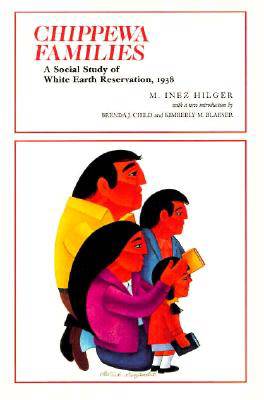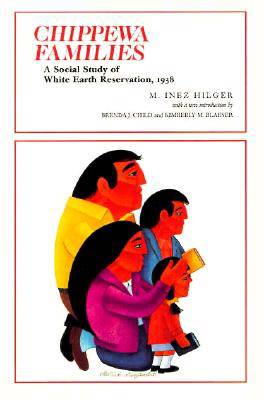
- Afhalen na 1 uur in een winkel met voorraad
- Gratis thuislevering in België vanaf € 30
- Ruim aanbod met 7 miljoen producten
- Afhalen na 1 uur in een winkel met voorraad
- Gratis thuislevering in België vanaf € 30
- Ruim aanbod met 7 miljoen producten
Zoeken
Omschrijving
During the summer and fall of 1938 Mary Inez Hilger, a sister of the Order of St. Benedict, lived on the White Earth Indian Reservation in northwestern Minnesota while she gathered data about housing conditions. Her work portrays both the traditional lifeways of 150 Chippewa families and the adaptations they made at a time of tremendous cultural change. In a series of interviews, she collected personal stories and a wealth of material about living conditions, social life, and material culture on the reservation. Her research, commissioned by the Bureau of Indian Affairs as part of a survey of the Chippewa reservations in Minnesota, became the basis for her dissertation in social science, first published in 1939.
Specificaties
Betrokkenen
- Auteur(s):
- Uitgeverij:
Inhoud
- Aantal bladzijden:
- 213
- Taal:
- Engels
- Reeks:
Eigenschappen
- Productcode (EAN):
- 9780873513524
- Verschijningsdatum:
- 15/01/1998
- Uitvoering:
- Paperback
- Formaat:
- Trade paperback (VS)
- Afmetingen:
- 154 mm x 230 mm
- Gewicht:
- 371 g

Alleen bij Standaard Boekhandel
+ 37 punten op je klantenkaart van Standaard Boekhandel
Beoordelingen
We publiceren alleen reviews die voldoen aan de voorwaarden voor reviews. Bekijk onze voorwaarden voor reviews.











